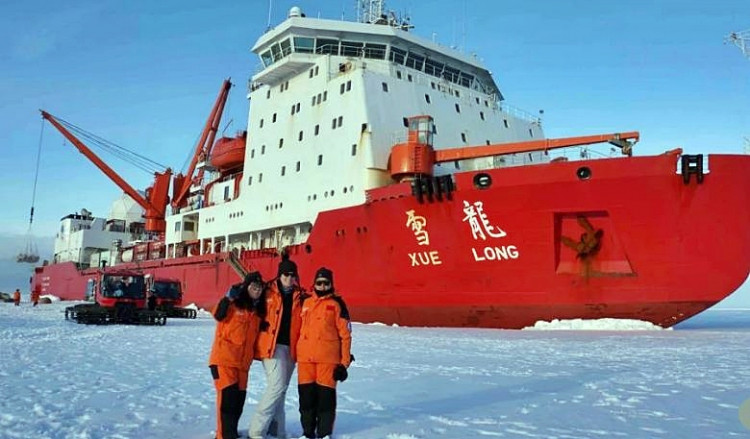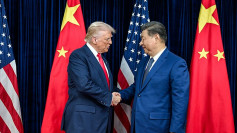China plans to gain experience in building its first nuclear-powered aircraft carrier by building its first nuclear-powered icebreaker. It's a case of baby steps.
China National Nuclear Corporation (CNNC) last week opened public bidding for China's first nuclear-powered icebreaker. Apart from crashing through ice floes in the Arctic and Antarctic, the icebreaker will also provide electricity for Chinese expeditions in the Polar Regions by using its nuclear reactor.
Russia is currently the only nation of Earth that operates nuclear-powered icebreakers. Russia has built 10 nuclear powered icebreakers belonging to two classes. The newest class is the LK-60Ya, which is now being built. The three ships in this class will be the largest and most powerful icebreakers ever built.
The three icebreakers in the LK-60Ya-class are NS Arktika, NS Sibir and NS Ural. NS Arktika has been launched and will be commissioned in 2019. The two others are building.
CNNC said Chinese bidders are required to participate in research, building and testing the icebreaker. The bidders will also provide technology support for the government. Chinese state-run media said the icebreaker's nuclear reactor is massive unit that can also be used as the power plant for China's first nuclear-powered aircraft carrier, which is being called the Type 003.
China intends to use the nuclear icebreaker to open shipping routes to the frigid Arctic, which is melting faster than expected because of global warming. The icebreaker will also be used to support China's scientific expeditions to the Polar Regions.
China Shipbuilding Industry Corporation (CSIC) earlier this year said in it plans to "speed up the process of making technological breakthroughs in nuclear-powered aircraft carriers, new-type nuclear submarines, quiet submarines, maritime unmanned intelligent confrontation systems, maritime three-dimensional offensive and defensive systems, and comprehensive naval warfare electronic information systems."
CNNC oversees China's military and civilian nuclear programs. It says it "is a main part of the national nuclear technology industry and a leading element of national strategic nuclear forces and nuclear energy development."






